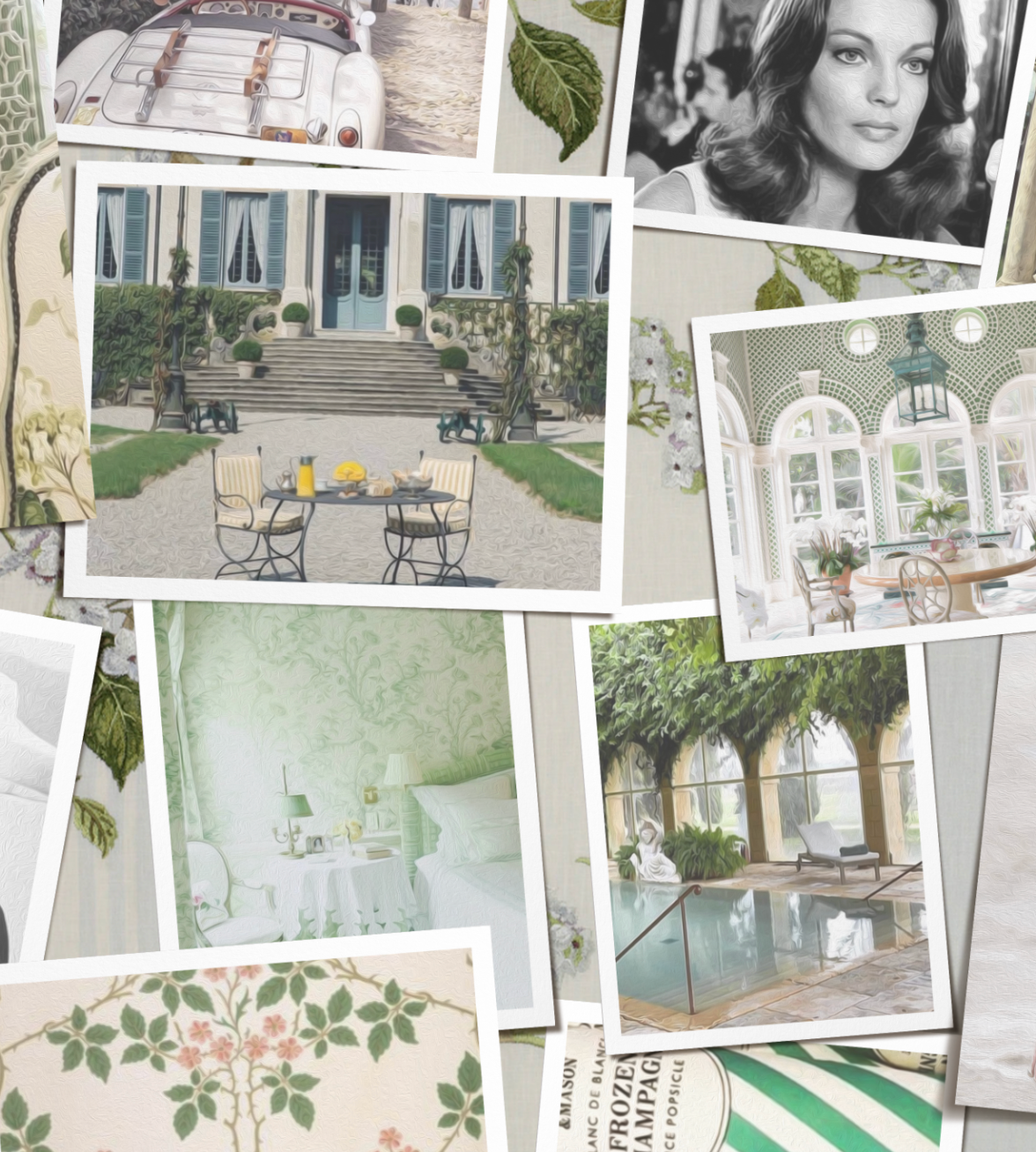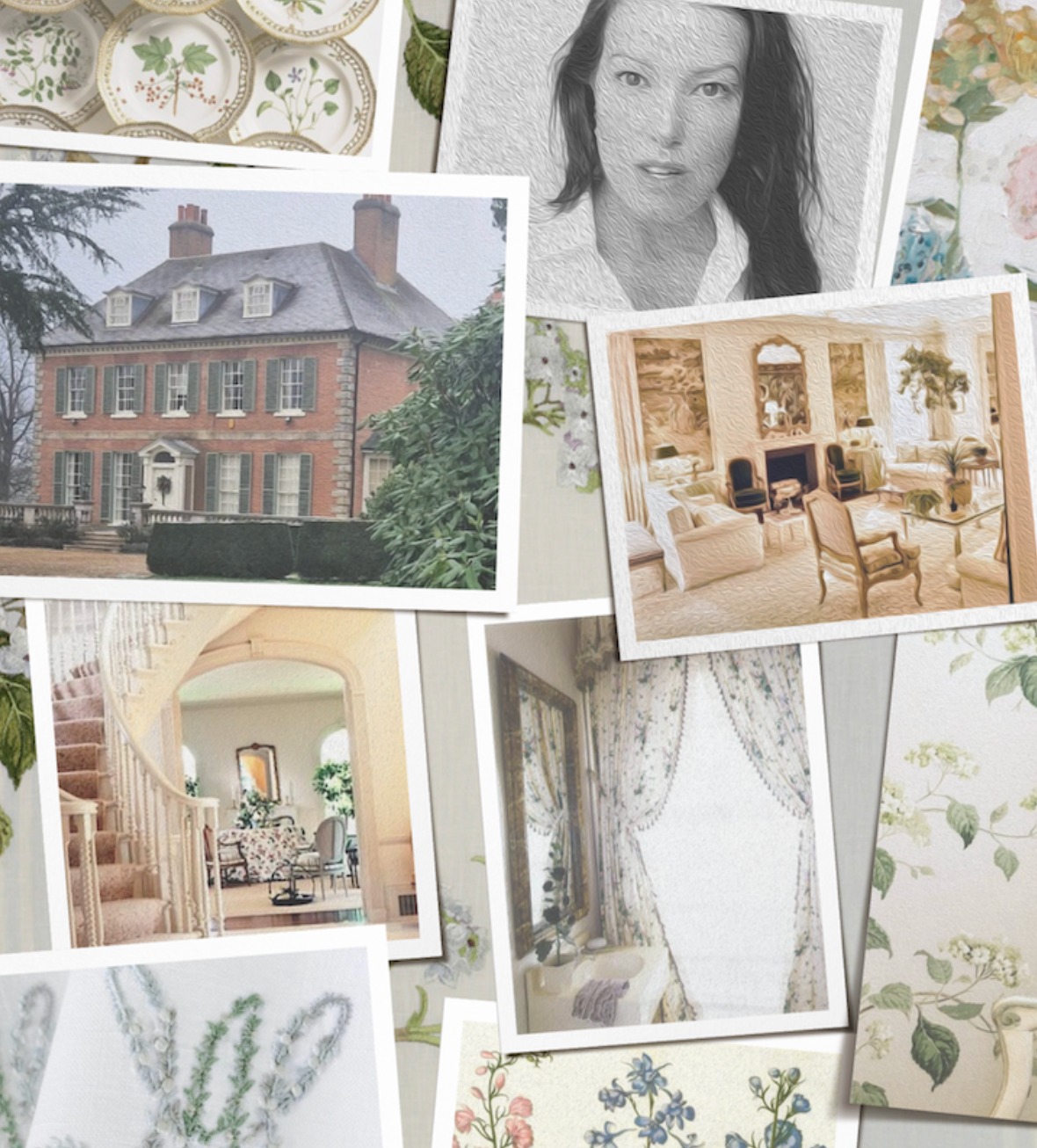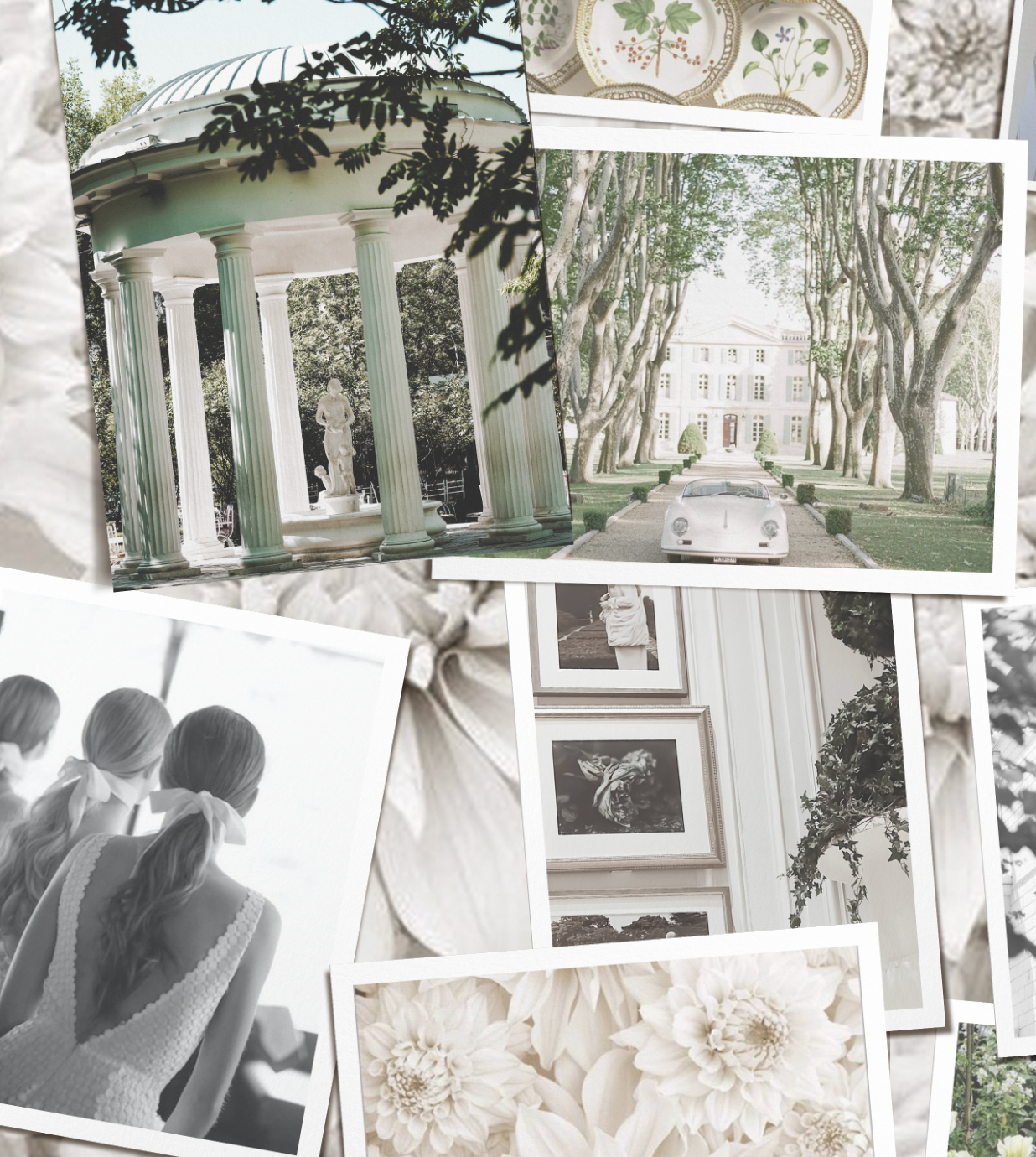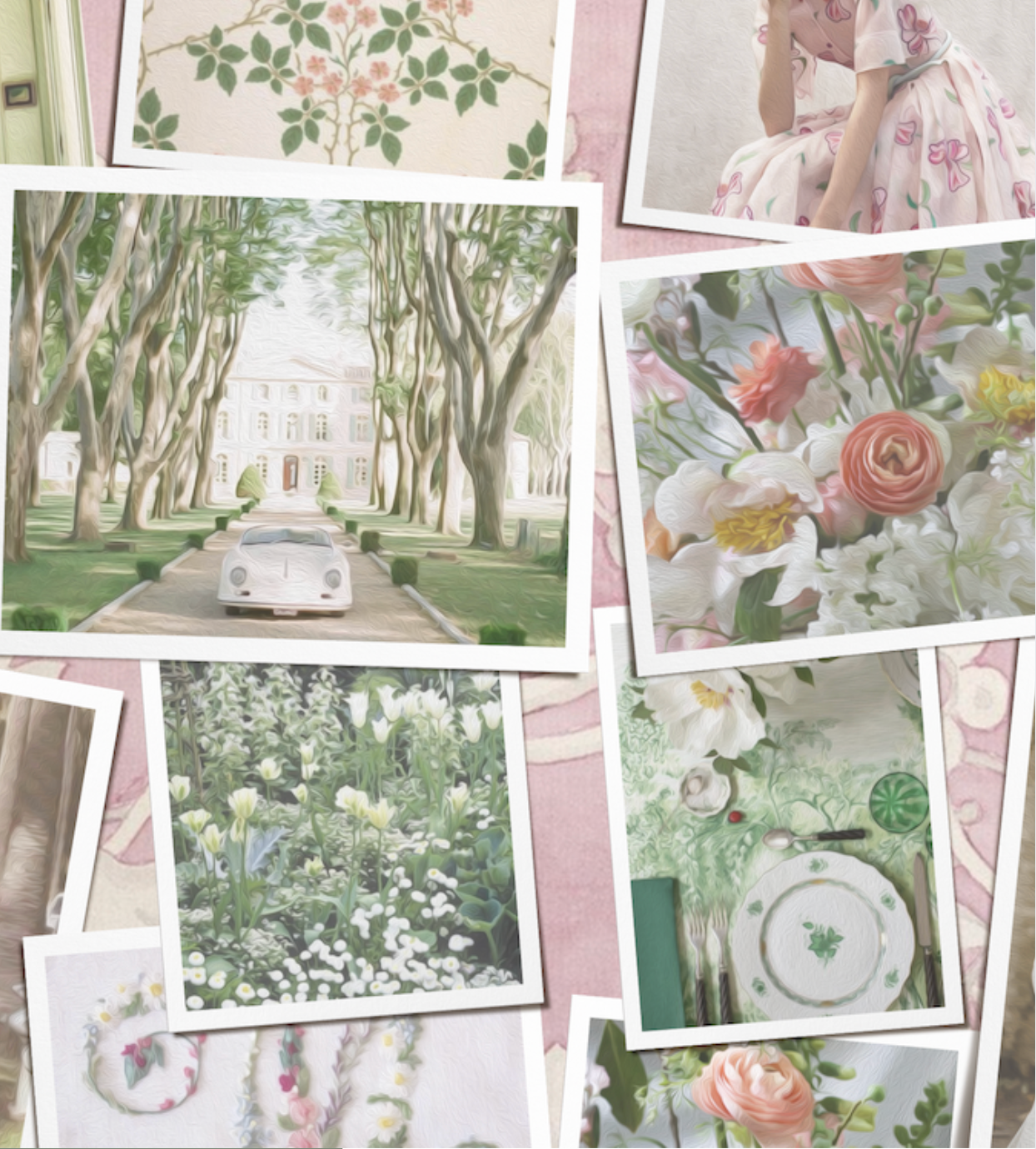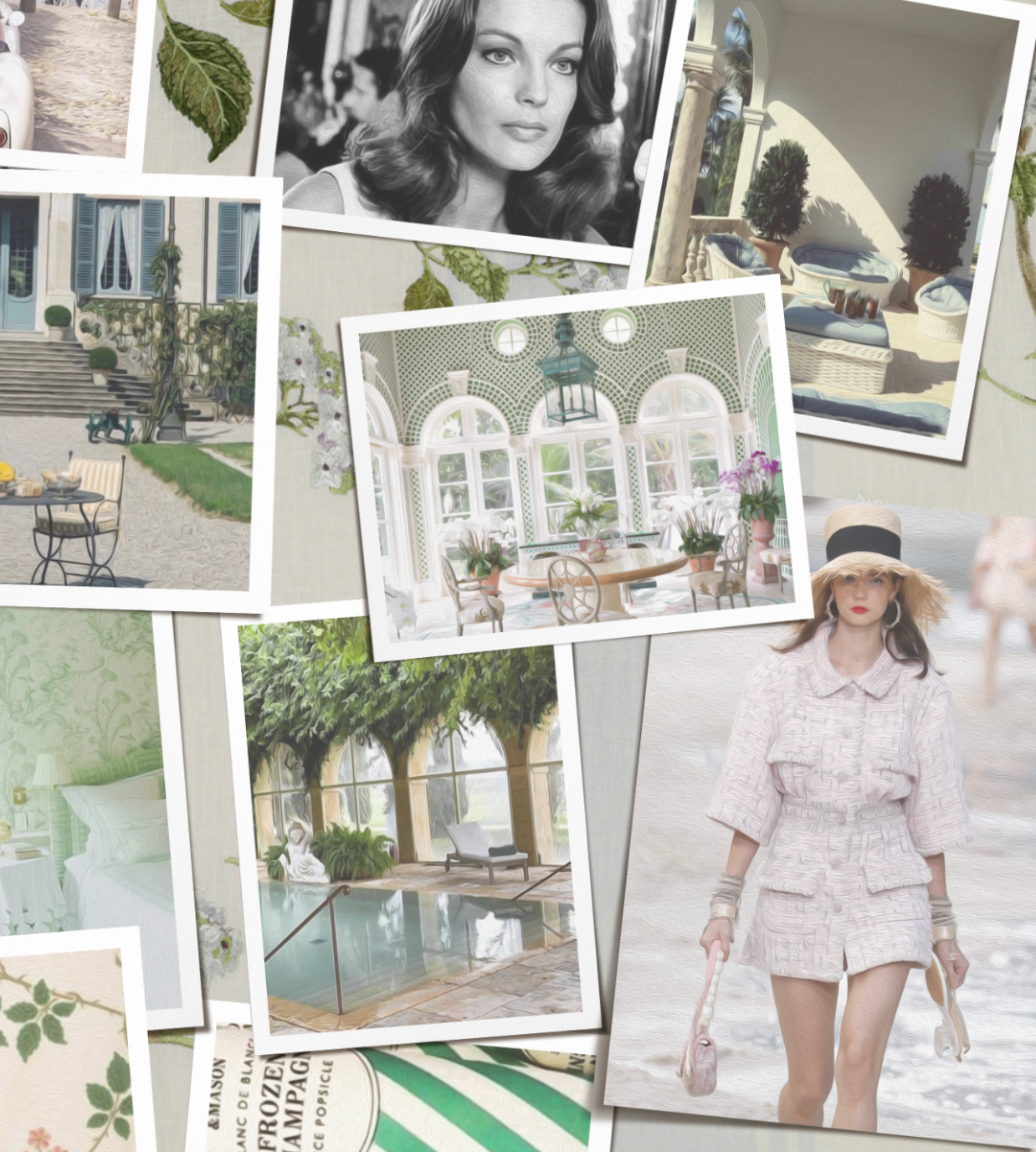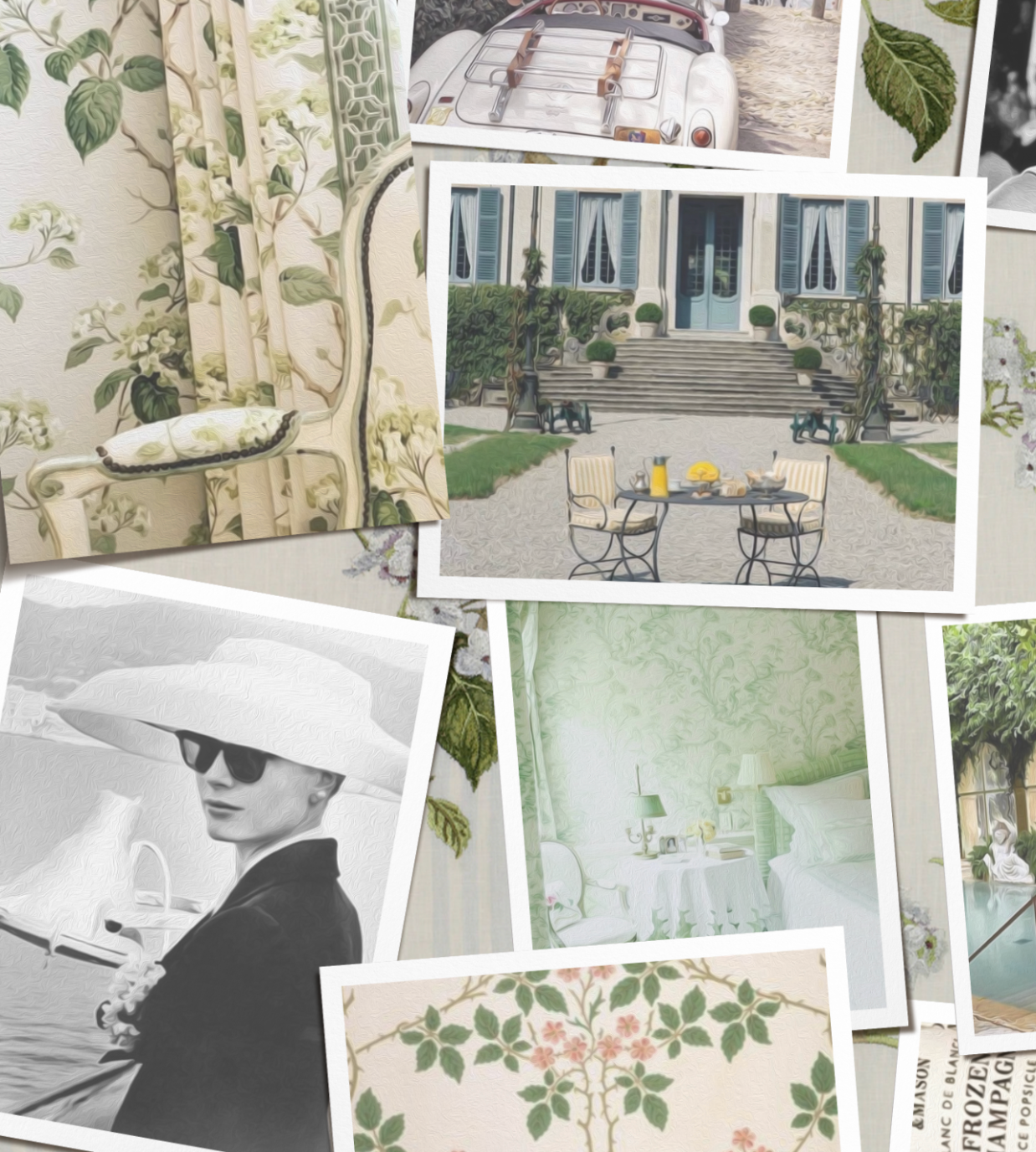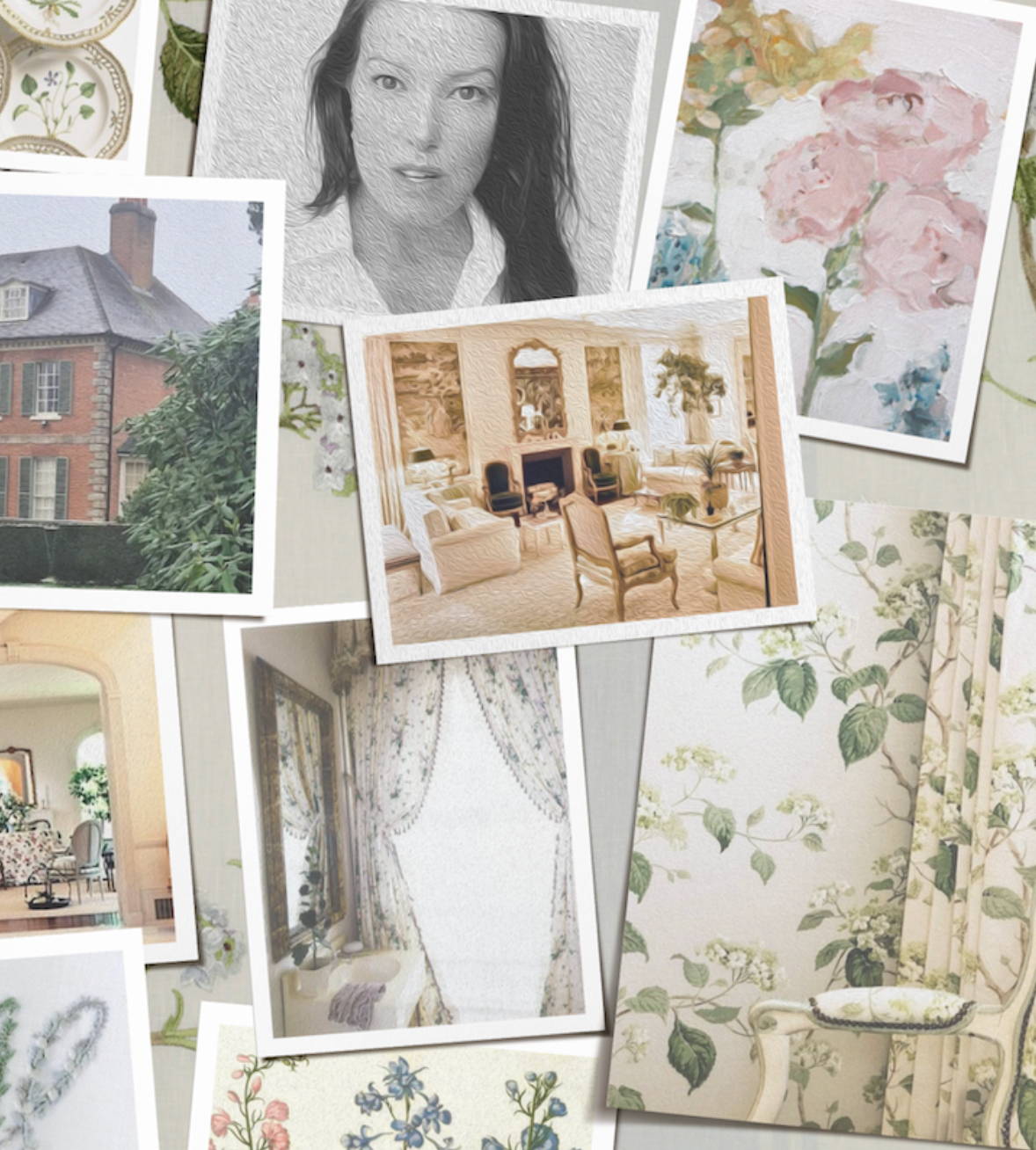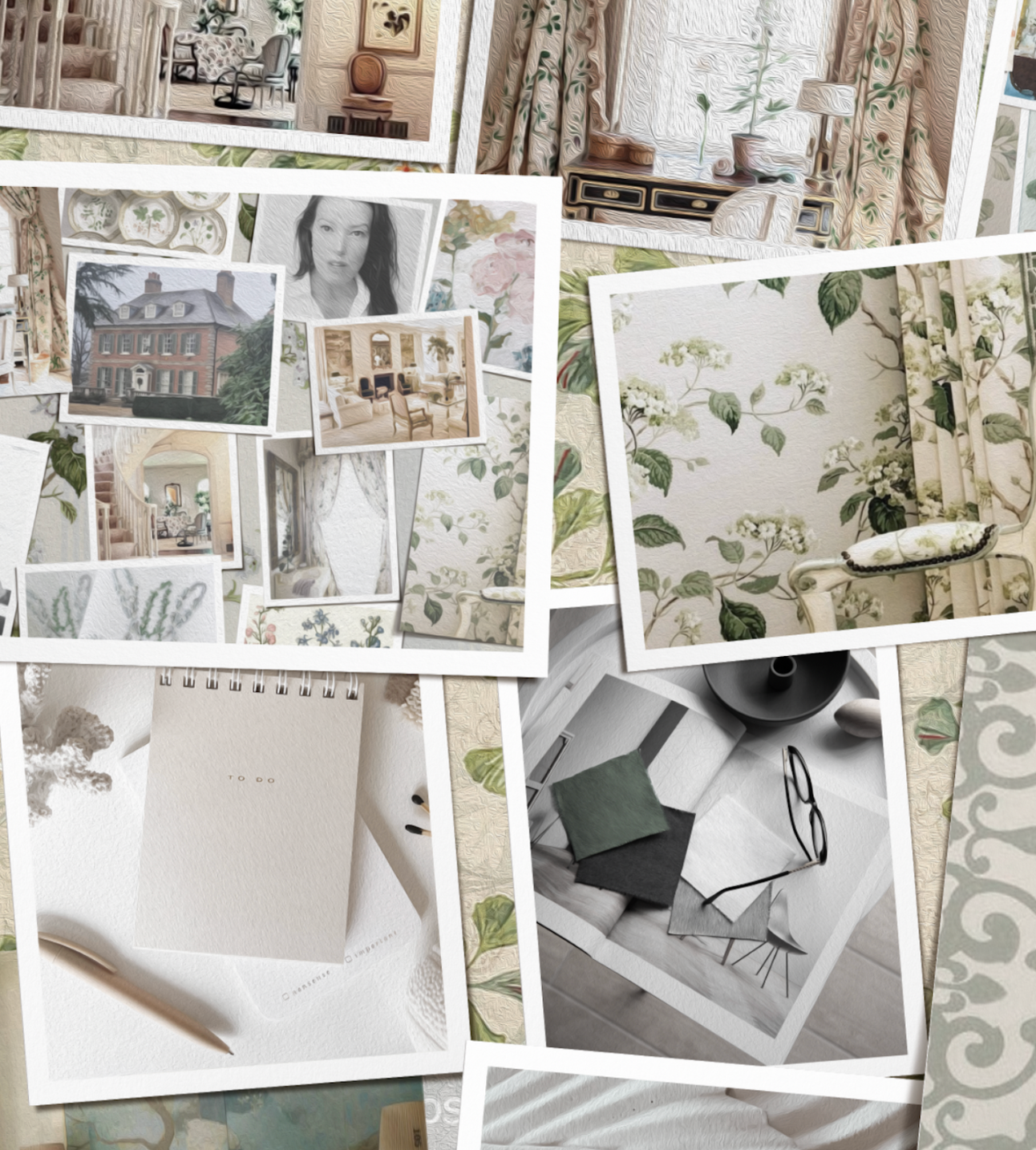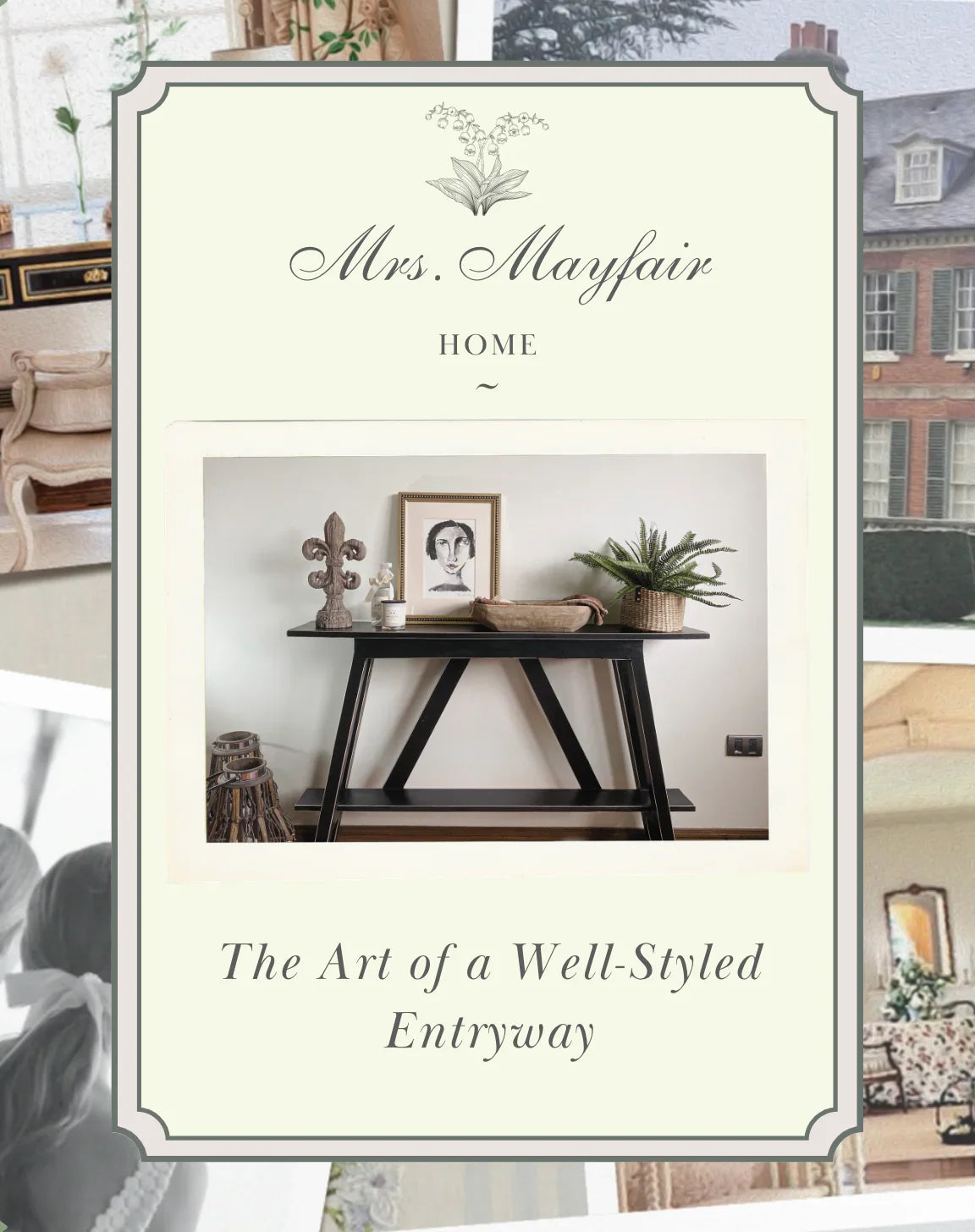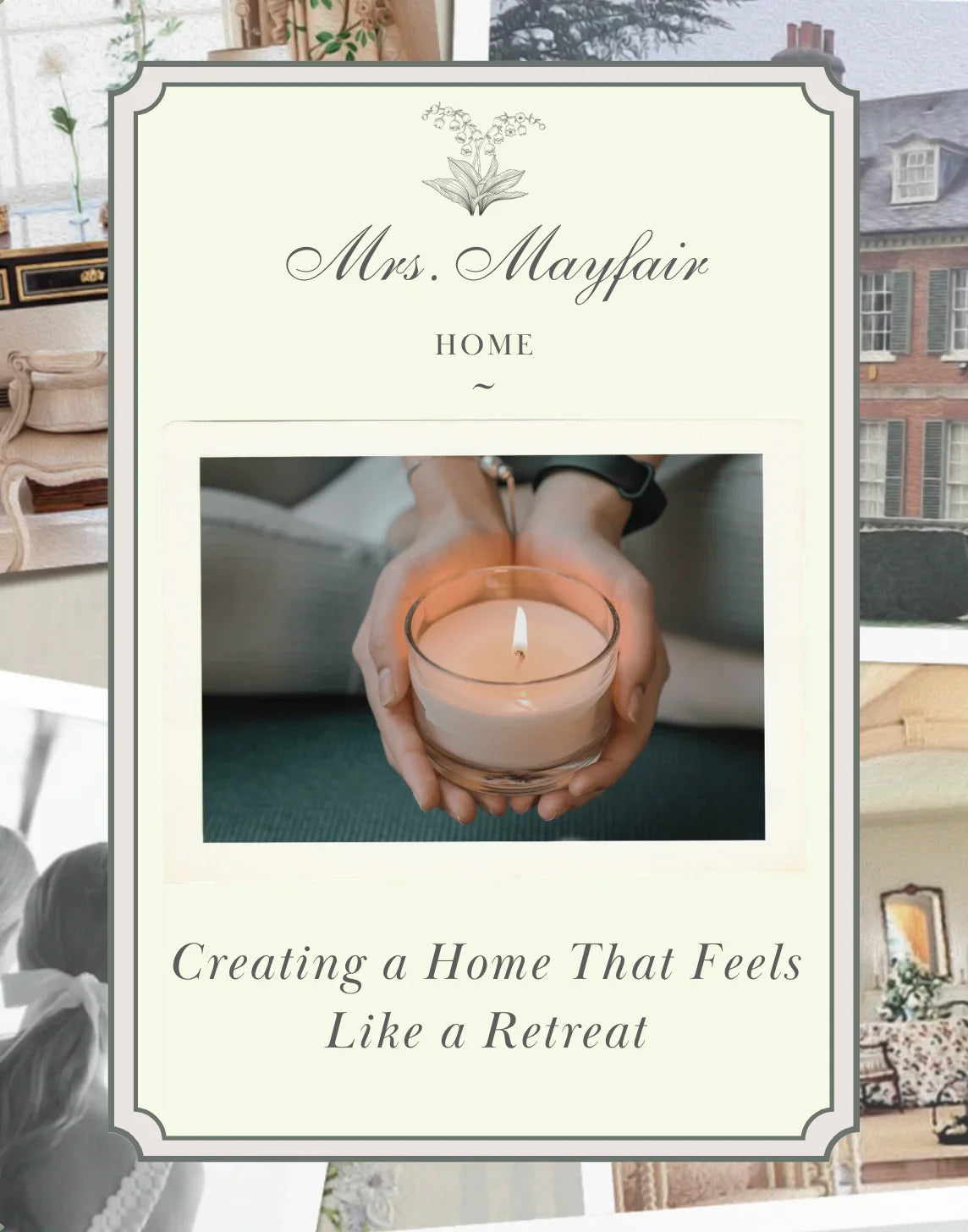Growing and Arranging Tulips for Stunning Displays
There are few sights lovelier than a vase of tulips on a spring morning—simple, sculptural, and full of silent joy.
Today we will explore the beauty of tulips, from growing them in the garden to arranging them at home. A flower with centuries of charm, tulips are a spring essential—elegant, ephemeral, and always uplifting.

Why Tulips Deserve a Place in Every Home
Tulips are nature’s quiet dramatists. With their graceful stems and painterly petals, they bring movement to a room and poetry to a table.
From classic whites and blushing pinks to parrot varieties that resemble ruffled silk, there is a tulip for every mood and interior.
How to Grow Tulips with Success
Tulips require patience—but they reward you beautifully.
-
Plant bulbs in autumn, before the first frost. Choose a well-drained, sunny spot.
-
Use a bulb planter to ensure proper depth—typically 6–8 inches.
-
Mix in compost or a bulb fertilizer to support strong growth.
-
Water lightly after planting, then let the winter chill do its work.
Come spring, the green tips will break through, and soon after, the show begins.
Caring for Cut Tulips Indoors
Once cut, tulips are delightfully animated—they continue to grow in the vase, often leaning or curling toward the light.
-
Use a clean vase and cool water. Tulips dislike warmth.
-
Trim stems diagonally with a sharp floral scissor before placing in water.
-
Remove any lower leaves to avoid rot.
-
Keep them away from direct sunlight or heat sources.
Change the water every other day and retrim the stems if needed. Enjoy watching them evolve.
Arranging Tulips with Elegance
Tulips shine in both structured and loose arrangements.
Try one of these classic methods:
-
Single-color bunch: Simple and strong. A bundle of white or red tulips in a cylindrical vase is effortless sophistication.
-
Mixed tones: Use variations of a single hue—pale pink, rose, and fuchsia—for a painterly effect.
-
Tulips with branches: Combine with budding quince, cherry blossoms, or forsythia for contrast in form and scale.
-
Asymmetrical style: Let a few stems spill out to one side, adding movement and informality.
Choose a vase that supports their stems—a tulipiere for tradition, a clear glass cylinder for modernity, or a classic ceramic pitcher for charm.
My Favorite Tulip Pairings
-
For entryways: Cream tulips with green hydrangea in a chinoiserie vase
-
For dining tables: Deep purple tulips in a low, oval vessel
-
For bedside tables: Parrot tulips in soft coral or apricot, just a few, in a petite bud vase
Reminders
-
Plant tulip bulbs in the fall for spring beauty
-
Use cold water and clean vases to prolong blooms
-
Allow tulips to move and bend naturally—it’s part of their charm
-
Mix them with branches or tone-on-tone flowers for depth
-
A single color en masse is often the most striking
I am grateful for today
-
The delicate rustle of tulip petals in the still of the morning
-
The pleasure of arranging flowers with no hurry
-
The way one bloom can lift an entire room
From Our House to Yours,
Mrs. Mayfair

